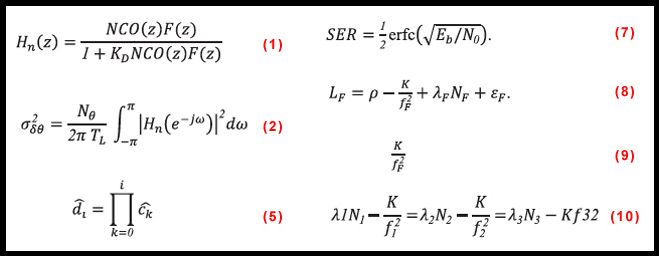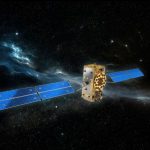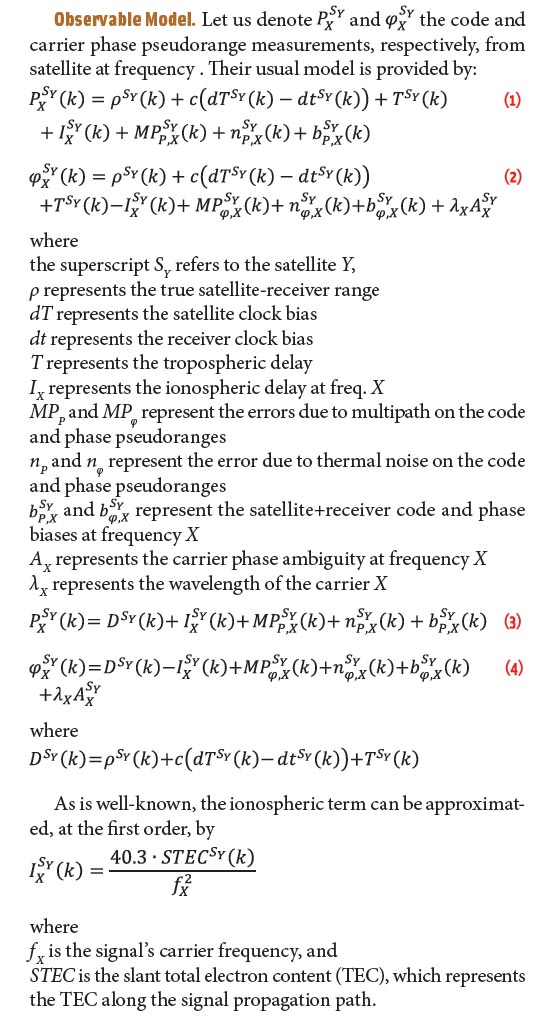
Galileo is Europe’s independent satellite navigation system under civilian control and interoperable with GPS and GLONASS.
Galileo is Europe’s independent satellite navigation system under civilian control and interoperable with GPS and GLONASS.
As of 2016, it consists of 12 full-operational capability satellites (FOC). The pace of deployment will increase in the second half of 2016 with three launches, each carrying four satellites into orbit on board customized Ariane 5 rockets.
Eventually, the constellation will consist of 30 satellites in Medium Earth Orbit (MEO) on three orbital planes and an associated network of ground stations spread all over the world.
The European version of the common civil signal is the composite binary offset carrier (CBOC) modulation, which is being transmitted on the E1 Open Service signal. The CBOC modulation is the result of multiplexing a wideband signal, BOC (6,1) with a anrrow band signal, BOC(1,1), in such a way that 1/11 of the power is allocated on average to the high-frequency component.
The first successful launch of an experimental satellite, GIOVE-A in December 2005 marked the culmination of a process that began almost exactly 13 years earlier.
The intervening years had produced a kind of programmatic version of an old-fashioned cliffhanger serial movie in which the heroine is placed in a perilous situation, only to be rescued at the beginning of the next episode. With Galileo, the political and organizational challenges have long eclipsed the technical ones.
European space officials and engineering teams heaved a collective sigh
of relief when the first successful launch of a pair of full operational
capability (FOC) Galileo satellites occurred in March 2015.





